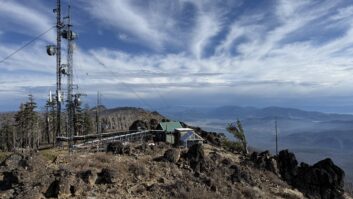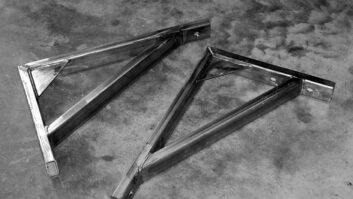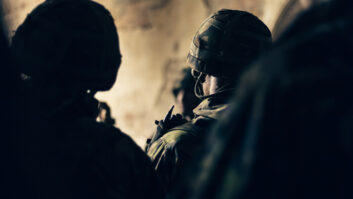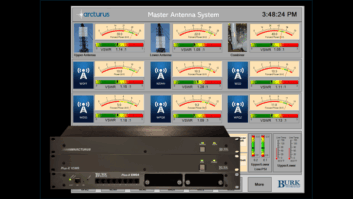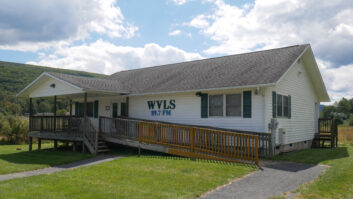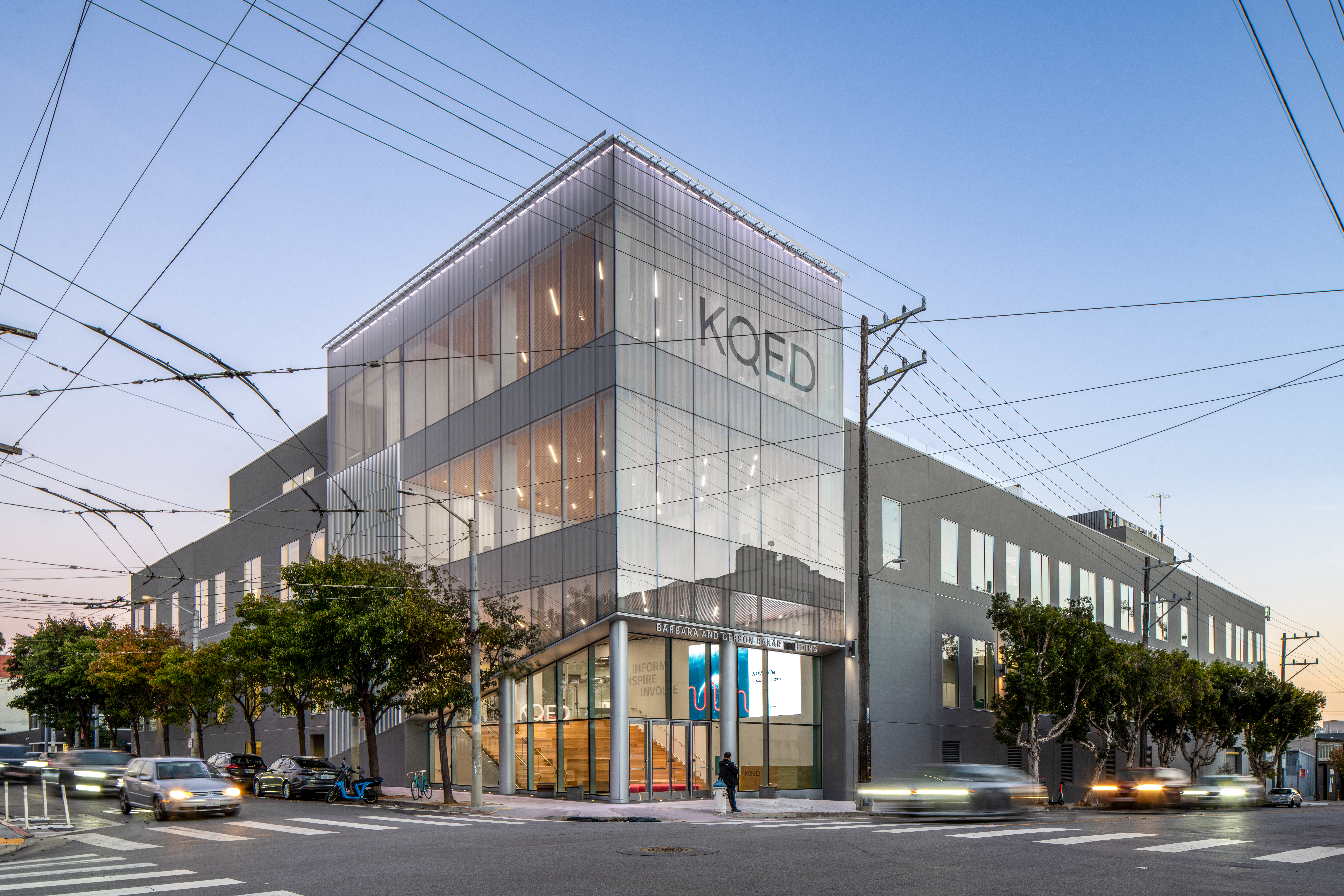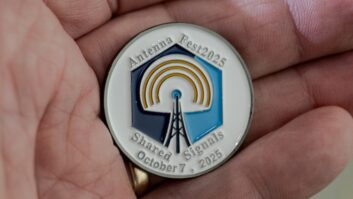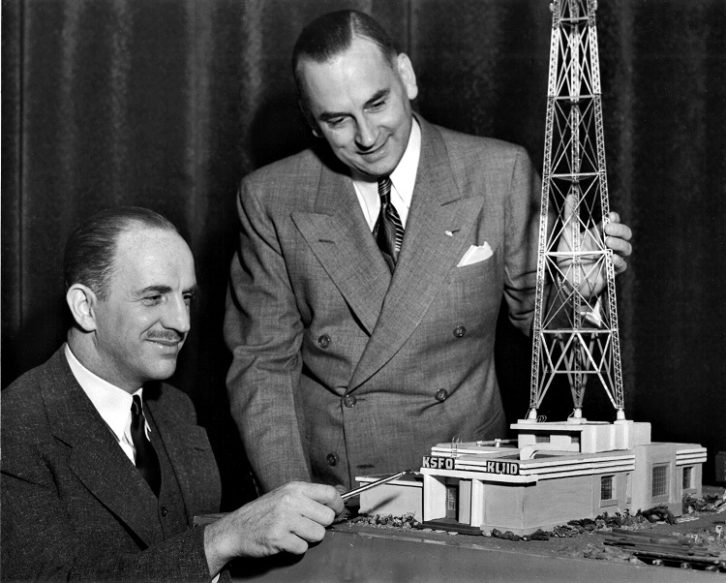
Among the many things disrupted by COVID-19 is the opportunity for the National Association of Broadcasters to celebrate the 75th anniversary of its Broadcast Engineering & IT Conference.
Radio and TV techies will have to wait another half-year to gather in person again now that the 2021 NAB Show has been cancelled. But knowing the interest that our readers have in this topic, here’s our interview about the history of the engineering conference with NAB Senior Vice President, Technology Lynn Claudy.
Radio World: How did the BEITC get started?
Lynn Claudy: NAB consultant and former staffer Skip Pizzi wrote a NAB PILOT blog about this very subject in early August at nabpilot.org. Here’s an excerpt:
“The year: 1947. The place: Atlantic City, N.J. The event: The first NAB Broadcast Engineering Conference (BEC) — subsequently renamed the Broadcast Engineering and Information Technology (BEIT) Conference — held continuously on an annual basis thereafter, making the 2021 BEIT Conference the 75th such event.
“Prior to this conference, NAB’s Engineering department had collaborated with the Institute of Radio Engineers (IRE), the University of Illinois and Ohio State University to produce a standalone broadcast engineering conference hosted by the universities, dating back to 1938. That event was curtailed after the 1942 program due to World War II, and NAB was involved again when it restarted in 1946.
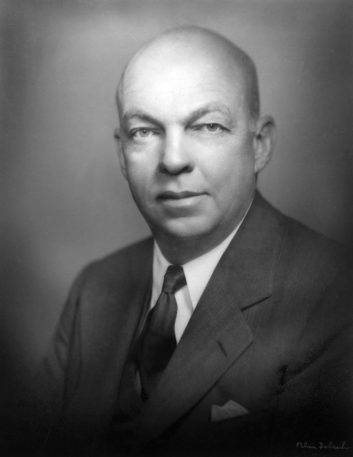
“But the following year NAB decided to launch its own engineering conference, to be held in conjunction with the 25th NAB Convention in Atlantic City, and the NAB BEC was born. Among the presentations there was a demonstration of ‘Unusually High Frequencies in FM Relays’ by Major Edwin Armstrong.
“The first BEC was a one-day event, held on Sept. 15, 1947, at the Atlantic City Convention Center, renowned for its many years as the site of the Miss America Pageant. The conference grew to two days at the 1948 NAB Convention in Los Angeles, expanded to three days the following year and settled on a four-day length at the 1950 show in Chicago. It later expanded to a fifth day when partner content was added, a length it currently maintains.
“That growth over the years indicates the conference’s popularity, and historically it has had the highest attendance — and the greatest longevity — of any NAB Show educational offerings.”
RW: Lynn, who conceived it and who were the early drivers of its success?
Claudy: Much of the thinking and strategy behind launching the Broadcast Engineering Conference may be lost to antiquity, but a lot of credit should go to then-NAB President Judge Justin Miller and NAB Director of Engineering Royal V. Howard.
Miller, a former associate judge of the Court of Appeals for the District of Columbia, served as NAB president from 1945–1951. Howard, former VP of engineering at KSFO in San Francisco, was director of the engineering department at NAB from 1947 to 1950.
In those early days, questionnaires were sent out to the broadcast engineering community each year seeking guidance as to topics for technical papers for presentation at the NAB Convention. The NAB Conference Committee, which still exists today with a slight name change, supervised the final conference agenda to conform as much as possible to the survey results.
RW: An anecdote from the early days?
Claudy: According to the conference transcripts, the first conference was opened by Royal Howard with the following auspicious statement: “My name is Howard. Most people think that I am the director of engineering for NAB; actually I am the coordinator of confusion.”
Right before lunch, the group was addressed by NAB President Judge Justin Miller, who said: “Mr. Chairman, I am very happy to be with you this morning. I have not been going to most of these clinics, but I felt a particular obligation to the engineers, especially because NAB may seem to have been neglecting you during the last couple of years preceding this one. As a matter of fact, I have always been inclined to regard you folks more or less as the gods of the machines. I confess that if there is anything I do not know about in broadcasting, it is engineering.”
RW: Can you give us sampling of radio technology topics that appeared on the agenda over the years?
Claudy: The BEC and the current BEITC have always, by design, centered on the important topics of the day for broadcast engineers. Because of how papers and presentations are sought out and selected, it has been high on the relevance scale for technologists and engineers attending the show, and a great educational adjunct activity to visiting the exhibits on the show floor.
It’s pretty hard to pick out the important topics at any given point in time. But a sampling of four presentations might be illustrative of the value and, in retrospect, the perspective that the conference has provided over the years:
1. Going back to the first NAB Engineering Conference again, one of the talks was on “FM Broadcast Station Construction” presented by Paul A. DeMars, a consulting engineer with the Raymond Wilmotte organization. He ended his talk with the following, which tells you something about the times:
“We hear a lot about the coming atomic age. There have been a lot of serious and semiserious statements made that because of the vital importance of broadcasting in our national life, broadcasting stations, at least a certain number of the large key ones, may have to be put underground in order to prevent a national panic in the event that our present facilities should be totally wiped out,” he said.
“Possibly the large number of FM stations that are technically feasible and that will in all probability be built scattered all over the U.S. within the next decade may furnish the national service, even in the event of atomic war, that will take the place of the almost impossible problem of putting the old standard facilities underground.”
2. A talk from the 1957 conference titled “The Radio Station of the Future” presented by John M. Haerle with the Collins Radio Company showed a perspective on how radio might be changing in the future. Here are a few of the ideas from that talk, both prescient and otherwise:
“Would it be beyond the realm of possibility to envision a transmitter built in open fashion on the walls of its own building? The entire transmitting plant could be shipped to the site, the walls bolted together in typical prefab fashion and the various circuits joined by terminal boards. Ridiculous? Today, possibly … not in the radio station of the future.” …
“Monitors could be heading for obsolescence. Transmitter crystals have been improved to the point where it is actually true that some modern transmitters are more stable than the companion frequency monitors.” …
“The radio station of the future will eventually use some form or some adaptation of automatic programming. Many point to the operator who is required to be on duty and to the possibility that a so-called ‘robot’ operation would result in programming devoid of personality. Perhaps a compromise will be the semi-automatic operation, in which the operator on duty can select or cue any desired record by pushing a button.”
3. The NAB Broadcast Engineering Conference has long sought reports from standards organization and other groups to report their progress at the annual convention. For radio, the National Radio Systems Committee has been a consistent presence at the conference since the early 1980s, whenever announcements were timely.
Formed in 1958, though, there was another NSRC, which stood for National Stereophonic Radio Committee. At the 1960 conference, C.G. Lloyd, former NSRC chairman, presented the progress of that committee’s quest to deliver stereophonic broadcasting and had just delivered a report to the FCC on the subject. The NSRC had received 14 proposals for FM systems, at least seven for AM and four for TV sound. Each of these broadcast platforms eventually followed different circuitous paths to stereo — 1961 for FM stereo, 1984 for television sound and 1993 for AM stereo — but the NAB Broadcast Engineering Conference helped engineers understand the process from the beginning.
4. Radio has endured many technical controversies, with digital radio being a particularly salient example. At the 1991 NAB Broadcast Engineering Conference, NAB sponsored a demonstration of the Eureka-147 DAB system with transmissions from the top of the H on the Las Vegas Hilton Hotel next to the convention center (now the Westgate) and a repeater installed on the roof of the Golden Nugget Hotel downtown. A 40-seat bus fitted with a receiver and headphones drove attendees around Las Vegas showing the consistently crystal-clear audio quality of the system.
At the Broadcast Engineering Conference, an entire afternoon was devoted to the different technical approaches to digital broadcasting, Eureka-147 included, but also a presentation from Paul Donahue from Gannett Broadcasting and Tony Masiello from CBS titled “Project Acorn: Compatible DAB.”
Those who have been around awhile or studied radio history will recognize that this was the original concept for the system that eventually became HD Radio. At the time, NAB had officially endorsed the Eureka-147 DAB system and was favoring an allocation for DAB in the L-band. This issue was hotly debated at the 1991 convention at various levels, and of course, in-band, on-channel technology eventually won the argument for NAB and for U.S. broadcasters.
It’s notable, though, that the Broadcast Engineering Conference program did attempt to present all sides of the proponent technologies and kept the politics to a minimum, as the advocates had a forum where they could plead their respective cases on a technical basis.
RW: How is the BEITC different today?
Claudy: The conference has moved with the times, such as adding “Information Technology” to the title of the Broadcast Engineering Conference, recognizing the importance of IT skills in the modern broadcast plant.
Other than that, NAB Technology still has a committee of broadcast engineers that meets several times a year, albeit virtually these days, to organize topics, review papers, assign session chairpersons and so forth, all the things that go into planning a top notch technical conference.
This year the chair of the BEITC Committee was Jim DeChant, vice president, technology at News-Press & Gazette Broadcasting.
We also work with partner organizations including the Society of Broadcast Engineers, the IEEE Broadcast Technology Society and the North American Broadcasters Association (NABA) to provide program content that will be relevant to the BEITC audience.
RW: Describe how BEITC content is found and chosen today, and by whom.
Claudy: In a normal year, a call for papers is released in the fall, and the BEITC committee and NAB Technology staff review the submissions and accept papers that will be presented late in the year.
Papers that will be published in the proceedings must be submitted by mid or late January. We will typically get submissions that would occupy at least twice the space that we can accommodate, so it’s a pretty competitive process. If there ends up being gaps in the program, or important topics identified where there weren’t any submissions, NAB Technology staff may solicit additional speakers.
